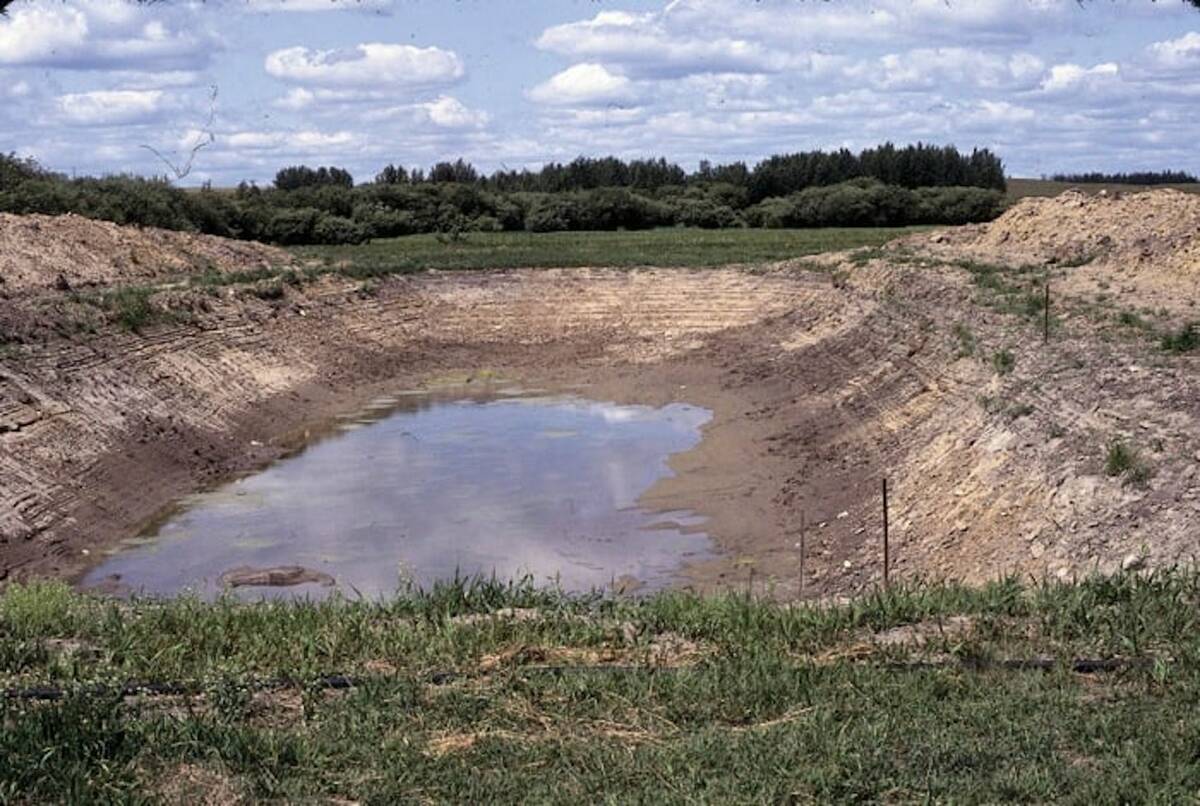When the first Japanese case of BSE was announced on Sept. 10, 2001, there was a ripple effect on the world beef industry, says a senior vice-president with Cargill’s meat division.
Media hype fuelled fears about people contracting a variant BSE type condition called Creutzfeldt-Jakob Disease from eating contaminated beef.
The Japanese government mishanded information to the public and the delayed decision to ban imports of European meat and bone meal exacerbated a bad situation.
“It almost completely destroyed the Japanese domestic demand for beef and it also severely crippled the demand for import beef,” said Stan Miller at the Canada Beef Export Federation meeting in Calgary Sept. 16.
Read Also

Dry summer conditions can lead to poor water quality for livestock
Drought conditions in the Prairies has led to an decrease in water quality, and producers are being advised to closely monitor water quality for their animals.
When Canada and the United States reported their first cases in 2003, governments around the world used these events to shut their doors to North American beef. Miller said BSE was used to protect national beef interests and later to impose restrictive guidelines.
Return to world markets has been slow.
Canada and the U.S. started shipping again to Japan at the end of 2005. Then the U.S. lost its trading status when a shipment of veal containing bones arrived in Japan. It only regained access this summer to Japan and South Korea.
Canada remains shut out of South Korea partly because of recent BSE cases found in animals born after the 1997 feed ban.
To normalize trade, all major beef exporting nations need to demystify the scientific information about BSE and ease public fears about exposure to Creutzfeldt-Jakob Disease, Miller said.
There is no need to scare or confuse consumers who may turn away from beef and eat other meats like chicken or fish, he said.
As the wealth among consumers grow so does the desire for meat. A positive educational message about the health benefits of eating beef are needed, with followup assessments to see if people are being influenced.
It is also important to encourage the world animal health organization, the OIE, to update its standards to a scientifically sound basis in easy to understand language. The same rules are needed for everyone so beef can flow easily, said Miller.
During the past 15 years, the world economy has liberalized quickly.
As markets open, the Canada Beef Export Federation has set an ambitious goal of selling 800,000 tonnes of beef worldwide by 2015. The plan calls for less dependence on the U.S. with only about half the total exports going south.
However, Miller argued it is more conceivable for the U.S. to buy 75 percent of Canadian pro-duction, depending on costs and exchange rates.
If the Canadian dollar falls, there will be more opportunity to sell more feeders and fat cattle to the U.S.
If the currency exchange rate is around $1.20, it will be more economical to kill in Canada and ship boxed beef south.
Exchange rates do not affect the price of boxed beef as much as live cattle.
“We continue to see the U.S. as a very strong market for Canadian beef,” he said.
With continued world economic growth there is a need to eliminate trade barriers, particularly to Europe where requirements have little to do with food safety, said Miller.
If these can be negotiated, there are EU opportunities because that region’s beef production is dropping.
If the world trade talks fail, Canada should enter free trade agreements with other countries to open markets, he added.
China and Russia need to adopt more friendly sanitary regulations and Japan needs to reduce beef tariffs.
Miller said the wild cards in cattle feeding activity are South America and Australia. If South America develops a strong feedlot industry and Australia continues to accelerate its grain-fed beef production, they will be competition for North America.
In the last three years Australia has taken over the North American niche in Japan, where per capita beef consumption is only about eight kilograms annually.

















